The UK’s high streets are engaged in a battle for survival. The online retail boom and the emergence of mobile commerce are challenging the very existence of traditional high-street retail outlets. Indeed, commentators predict that by 2020, some physical stores will exist only as “showrooms” to help with the research phase of the purchase journey.
Retailers are innovating to help adapt to the changing consumer landscape as people turn away from the high street as their first port of call for shopping, for example with click & collect. But while novel, such initiatives will only serve to maintain the status quo. More radical thinking is required to secure the long-term future of high streets.
“The high street can rise again as a more engaging entity than ever”
In its recent report The Future High Street: Perspectives on Living, Learning and Livelihoods in our Communities, the Future Spaces Foundation think tank challenged the role of retail on the high street. The report argues that the future success of high streets will be driven by employment, residential living, tourism and leisure, rather than retail. All of these services and land uses generate footfall. And if you do not have that footfall, then there is no market for retailers.
The most obvious way to bring people back to the high street is to abandon the out-of-town retail and business parks that have ripped the heart out of the UK’s high streets. However, this is unrealistic and even if it weren’t, substantial changes would need to be made to current planning guidance before the high street could capitalise.
At the moment, it is too difficult to convert void space to leisure, offices or residential use. Planning guidance needs to be simplified so voids can be filled with alternatives to retail, which would in turn generate the footfall required for the remaining retailers to prosper.
Retailers in town centres also need to get smarter about how they use their space. Being flexible is essential, whether it be offering leisure or learning in the retail environment, or recognising opportunities offered by new technologies. The reinvention of traditional industries, such as micro-brewing, together with the emergence of new technologies such as 3D printing, has helped to revive local manufacturing. This could create a very powerful new USP for retailers. Enabling light manufacturing to exist on the high street, bringing it closer to its final market, could torpedo the idea of manufacturing being separate from retail altogether.
The high street as we know it may be dead, but by putting the correct structures in place - and crucially, a more flexible planning framework - the high street can rise again as a more interactive, engaging and lively entity.
Retailers need to be more flexible about what they offer too. We have seen supermarkets doing this to some extent with cafés, pharmacies and even in-store 3D printing services. It is time retailers across the spectrum understand that to survive they must cater for consumers who want to learn, interact and make purchasing decisions in an engaging and exciting environment.
John Prevc is a founding partner at Make Architects and panel member of The Future Spaces Foundation



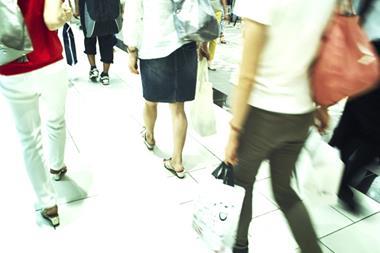

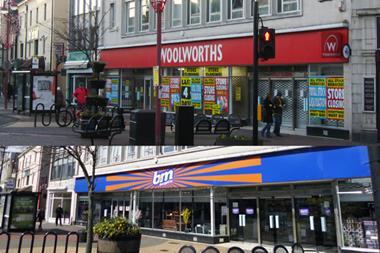

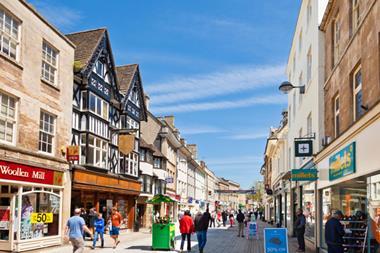



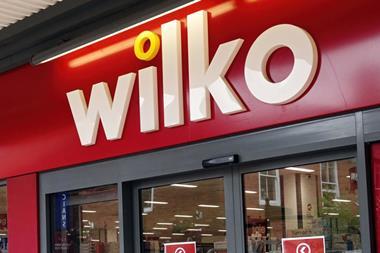

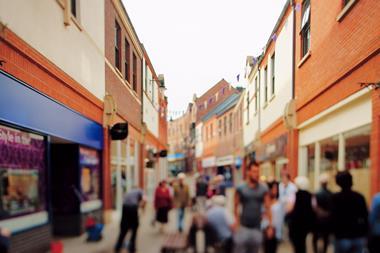

No comments yet